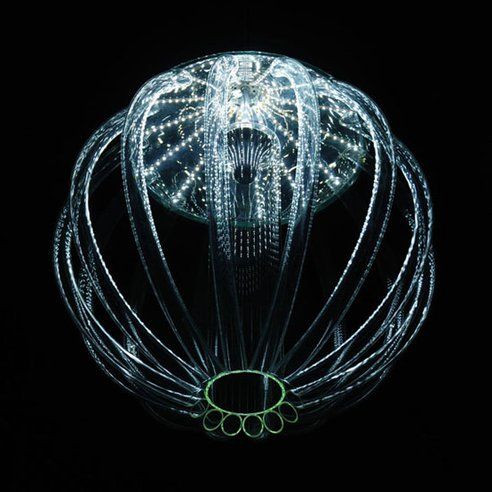The Deep Unknown
The deep sea climate is split into three general areas. Each climate is fairly stable.
The three zone are:
-
Bathypelagic zone
-
Abyssopelagic zone/Abyssal zone
-
Hadalpelagic zone
The Bathypelagic zone is the area where no light will reach and temperatures are usually around 5 or 6 °C. The Abyssopelagic zone darker and colder than the Bathypelagic zone, normally temperatures are at 4°C. The last zone, the hadalpelagic zone, is the the darkest and has a constant temperature of 2°C. There is very little disturbance to the ecosystem in this region because any movement from above to is too far away to impact so water is very still. Salinity in this zone is high because it is where the salt settles.
The climate in these regions are only affected by their depth, there is no seasonal variation or between night and day. This is because it it so deep down it is not affected by the tilt of the earth which is what creates seasonal variation on land.
It is a marine environment so obviously there is no rainfall.
Limiting factors include:
-No light
-Low temperatures
-High salinity levels
-Low levels of nutrient available
-Extremely high pressure
-Amount of dissolved oxygen
All of the factors mean that no plants can grown and only highly adapted organisms can survive in this environment.
Due to its very hostile environment and extreme depth, there is little human activity or presence in this biome. It is a very inaccessible biome and very little is known about it. The pressure is far too great for humans and no light means it’s hard to explore. The costs needed in order to use the technology required for great depths is immense. Deep oceans are the biomes humans know the least about.
Even though human impact is minimal in this biome, we have such a great negative impact that even the deep ocean will experience secondary effects as well from our disturbance
Things that currently threaten the deep sea are:
-Bottom trawling - the greatest threat to deep sea ecosystems.
-Overfishing - deep sea creatures grow slowly and do not reach sexaul maturity for many years and are highly adapted to their environment
-Mineral exploitation
-Pollution
-Climate change
Distribution:
Over 60% of the earth’s surface is deep sea (more than a mile deep (1000m))
Structure: Abiotic / Biotic / Conditions / Animal and Plant life
Animal life:
-Completely different appearances / make up of animals
-Often fish and phytoplankton are ‘bioluminescent’ meaning they produce their own light
-Top of the food chain: giant squid /
-Very few, highly adapted species
-Extreme high pressure
-Not light (with the exception of bioluminescence
-Temperatures below 6°C
-Hostile conditions
-No plant life because no photosynthesis can occur due to lack of light
The deep sea is an aspect of marine biology that fascinates me. The idea that such vast unknown exists below the surface, the highly adapted species that survive in these hostile environments (shown below), and the fact that there are organisms so different from anything we have ever seen before, along with many other things are what intrigue me so much. The fact that the ocean is so undiscovered and there is so much we do not know is frustrating on the one hand but on the other it also brings me a certain pleasure. A happiness in the idea that us as humans who think we know so much and can control so much, actually know so little and may never be able to discover certain things, because we are just not that powerful. At the end of the day, in my opninion, nature concurs all.


Bibliography
-
https://www.mathis-hain.net/resources/Sigman_and_Hain_2012_NatureEdu.pdf
-
https://wwf.panda.org/about_our_earth/blue_planet/deep_sea/deepsea_threats/
